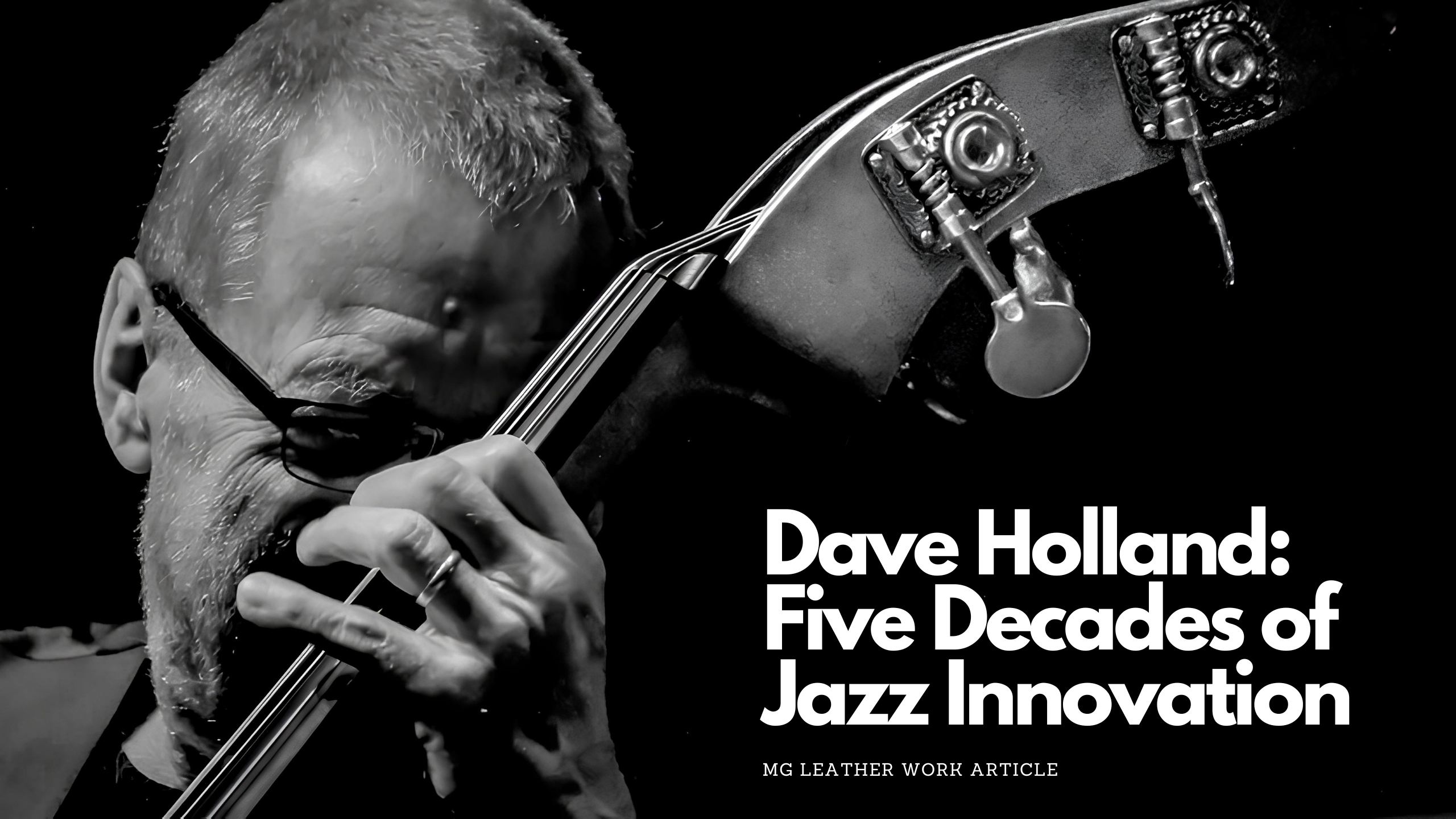
Dave Holland: Career, Collaborations, Legacy, and Role in Jazz
Dave Holland is known as a talented double bassist, guitarist, cellist, and bandleader who holds a special place in music of the modern era. His career spans over five decades, during which he shared with the world a rich discography featuring both solo performances and pieces for big bands, as well as collaborated with many jazz greats, including Miles Davis. Holland had his own approach to bass playing, and an individual understanding of rhythm and harmony, which not only helped him blend various jazz styles but also earned him a reputation as one of the most influential musicians.
Let’s delve into Dave Holland’s career, achievements, and collaborations in more detail.

Dave Holland’s Early Musical Beginnings
Born on October 1, 1946, in Wolverhampton, England, Dave Holland demonstrated an interest in music from an early age. Initially starting with self-learning the ukulele, he gradually moved to the guitar and bass guitar. He was so passionate about music that he even quit school at the age of 15 to become a part of the pop band. However his interest wasn’t limited to just pop, as he was soon drawn to jazz. Inspired by Ray Brown’s victory in the critics’ poll as the best bassist, Holland bought all available records with his music from the local store. Next, he traded his bass guitar and bought a double bass instead and started refining his skills by playing along with Brown's music. In addition to Ray Brown, Dave was also captivated by bassists such as Charles Mingus and Leroy Vinnegar.
To pursue a music career, Dave Holland moved to London in 1964. There, he performed in small clubs as a double bassist. He studied jazz by immersing himself in the local scene. In addition to that, he also took lessons from James Edward Merrett who played double bass in the Philharmonia Orchestra. He helped Dave learn how to sight-read and encouraged him to enter the Guildhall School of Music and Drama, which Dave did. At this school, Holland studied classical music while continuing to be an active part of the jazz scene.

Dave balanced his busy schedule while playing at London’s Ronnie Scott’s Jazz Club, where he shared the stage with many American jazz musicians such as tenor saxophonists Coleman Hawkins, Ben Webster, and Joe Henderson. He also played with many British musicians, including guitarist John McLaughlin, saxophonist Evan Parker, and more. This active performing earned him a reputation as a talented bassist.
Dave Holland’s Collaboration with Miles Davis
In 1968, Holland’s career took a dramatic turn. It happened after Miles Davis heard Dave playing at Ronnie Scott’s Club and was so impressed by his skills that offered to join his band. Holland moved to New York and quickly joined Davis’s band, which meant a real breakthrough for him. For the next two years, Dave played with Miles Davis as part of his rhythm section, transitioning into the electric jazz fusion era. Dave Holland’s first recording with Davis were the albums Filles de Kilimanjaro, released in 1968, and Bitches Brew, released in 1970.

Unlike many other musicians who only collaborated with Miles Davis only in the studio, Dave Holland was a significant part of his live group. He performed alongside musicians like Chick Corea, John McLaughlin, and more, which helped Dave delve deeper into musical variety and become acquainted with various influences. Later, this helped him find his own style. Holland left Davis’s band in 1970 to explore his own artistic possibilities.

The 1970s and Experimental Jazz
After leaving Miles Davis’s band, Dave became actively involved in the avant-garde jazz scene. First, he played with Circle alongside Corea. Later, he also collaborated with saxophonist and flutist Sam Rivers, with whom he had his first recording as a leader, Conference of the Birds (1972). Dave shared the stage with Thelonious Monk at the jazz club Village Vanguard. In addition to that, he also recorded several albums with American multi-instrumentalist and composer Anthony Braxton between 1972 and 1976. Holland experimented with free jazz, fusion, and structured improvisation, which contributed to pushing jazz bounda

Dave Holland’s Own Bands
From the late 1970s, Holland focused on his role as a bandleader, forming his own ensembles. First was the quintet, which he established in 1983, later he founded the Dave Holland Trio, featuring some of the best musicians, such as Steve Coleman, Robin Eubanks, and more. His studio albums such as Jumpin’ In (1983), Seeds of Time (1985), and Extensions (1990) cemented his reputation as a talented composer and bandleader.

During the 2000s, Holland remained at the forefront of jazz, performing with other talented artists and recording albums. He also participated in the recording sessions for River: The Joni Letters, which won the Grammy Award in 2008 as the Album of the Year.

Dave Holland’s Musical Style and Legacy
Dave loved structured composition and improvisation. He was also interested in exploring polyrhythms, unconventional time signatures, and complex harmonies. Dave Holland’s playing style features deep, resonant tone, excellent sense of rhythm, and melodic approach to bass lines.
Dave Holland’s influence isn’t limited only to recordings. He takes an active part in the educational process. He shares his experience with the younger generation of musicians at prestigious institutions, including the New England Conservatory, where he worked as a teacher during 1987–1988. Holland was also the artistic director of the Banff Summer Jazz during 1982–1989. Dave Holland teaches masterclasses and workshops serving as a guiding force for younger musicians. He also runs his own independent label Dare2.

Conclusion
Dave Holland is a notable figure and a vital force in modern jazz. With an active career of more than 50 years, featuring his work with Miles Davis, boundary-pushing solo projects, and his mentorship for young jazz musicians, Holland continues to contribute to jazz a lot.
If you’re also a passionate double bassist or know someone who plays the double bass, take a look at our collection of leather accessories for a double bass.
If you need advice on what to select as a gift for double bass players, feel free to read the article What to Choose as Gifts for Double Bass Players: Top 3 Ideas.
If you like to save on purchases, grab your chance with our SPECIAL OFFER. Our company designs leather accessories for musicians of all kinds, from brass players to drummers.



 https://mgleatherwork.com/pages/about-us
https://mgleatherwork.com/pages/about-us
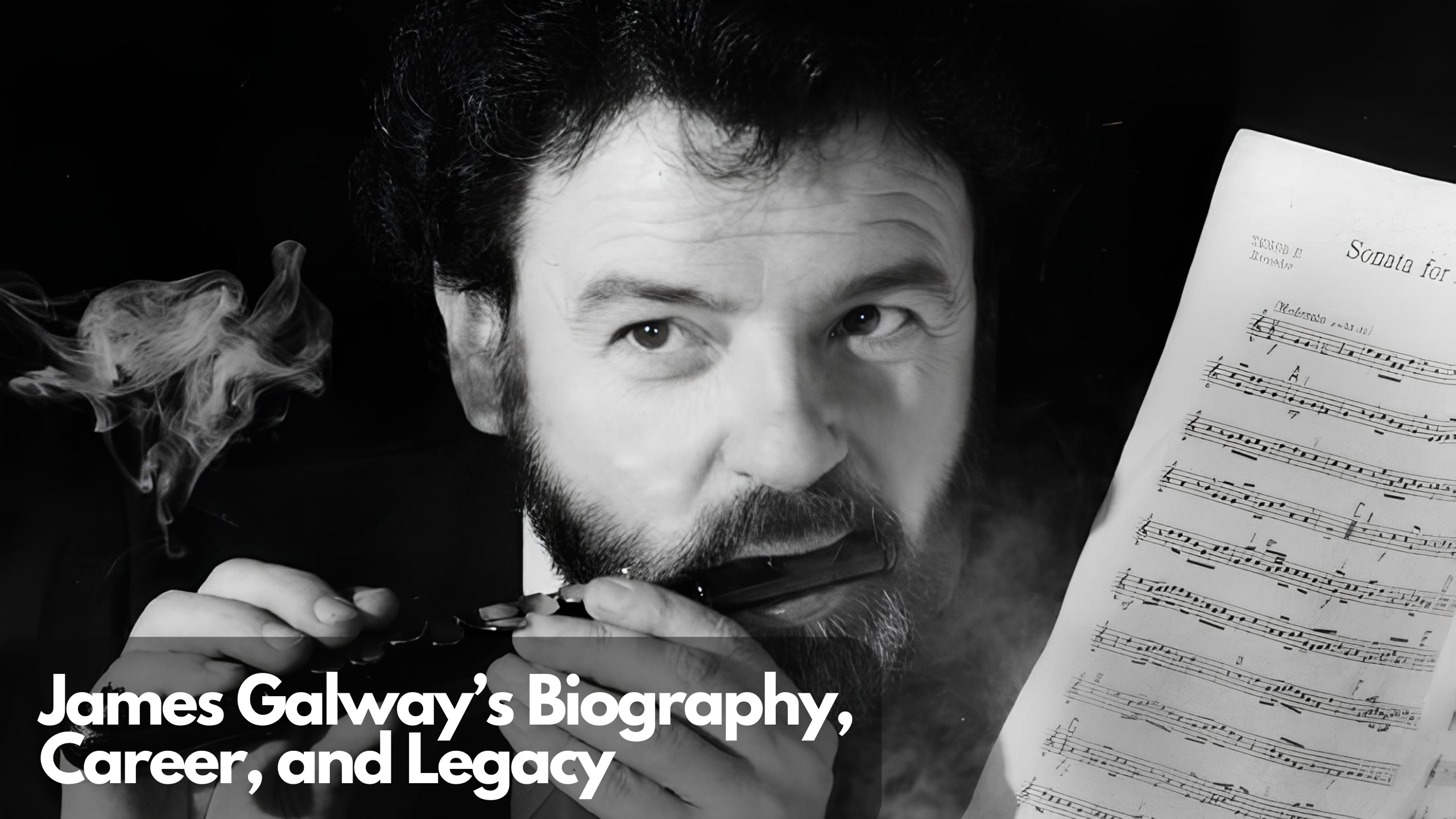
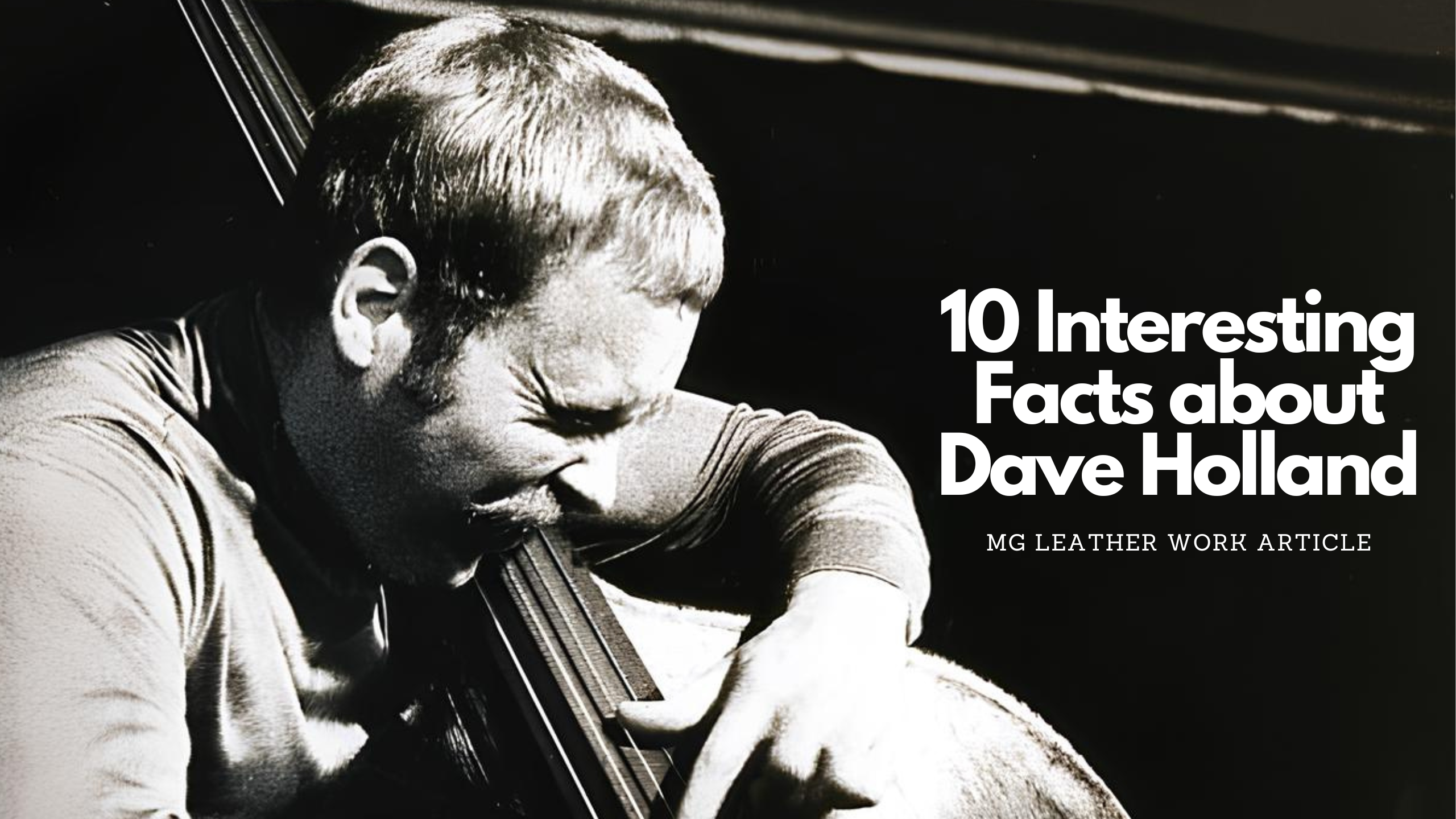
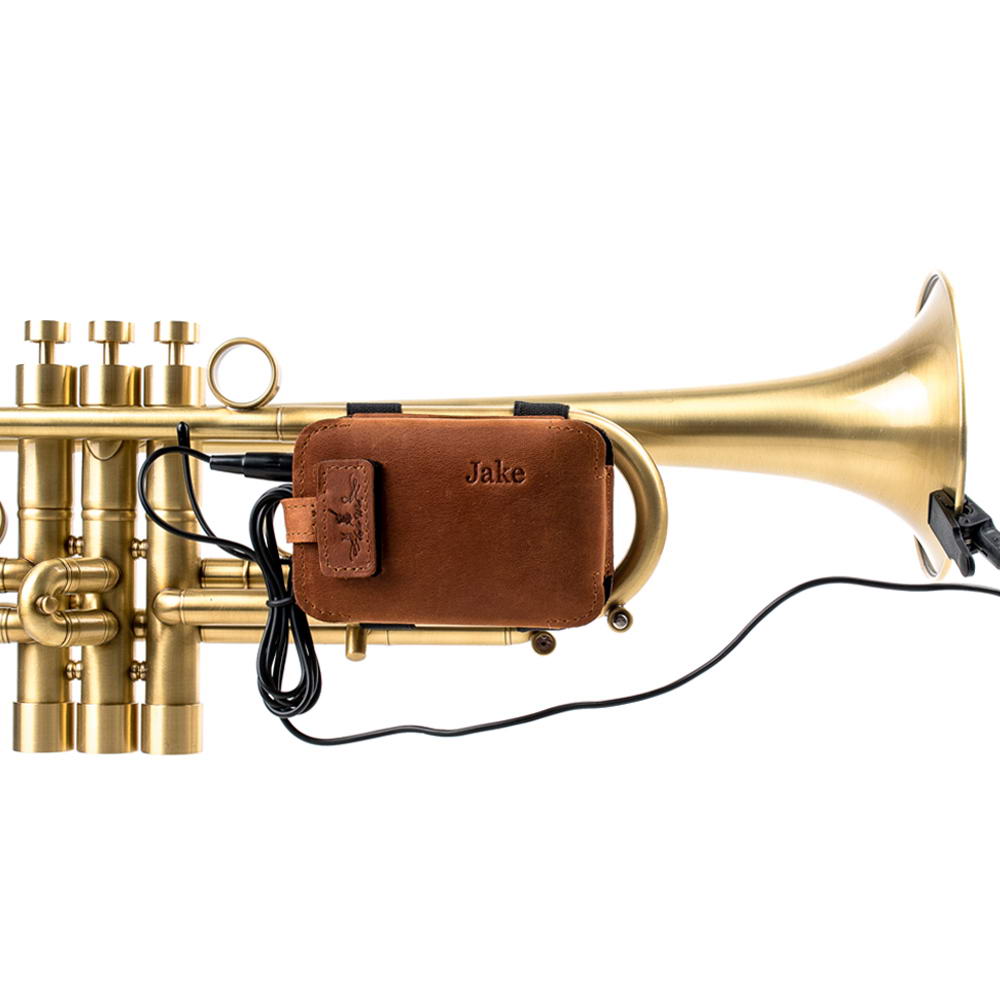
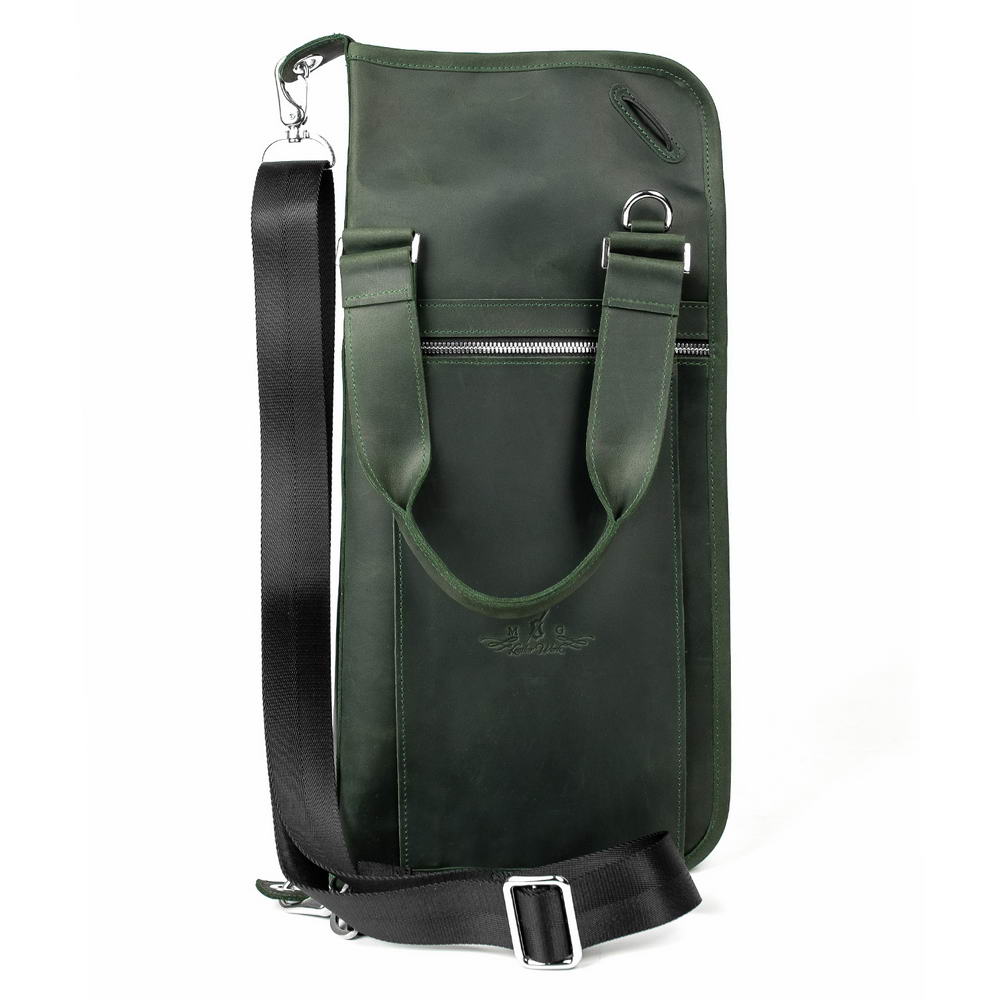
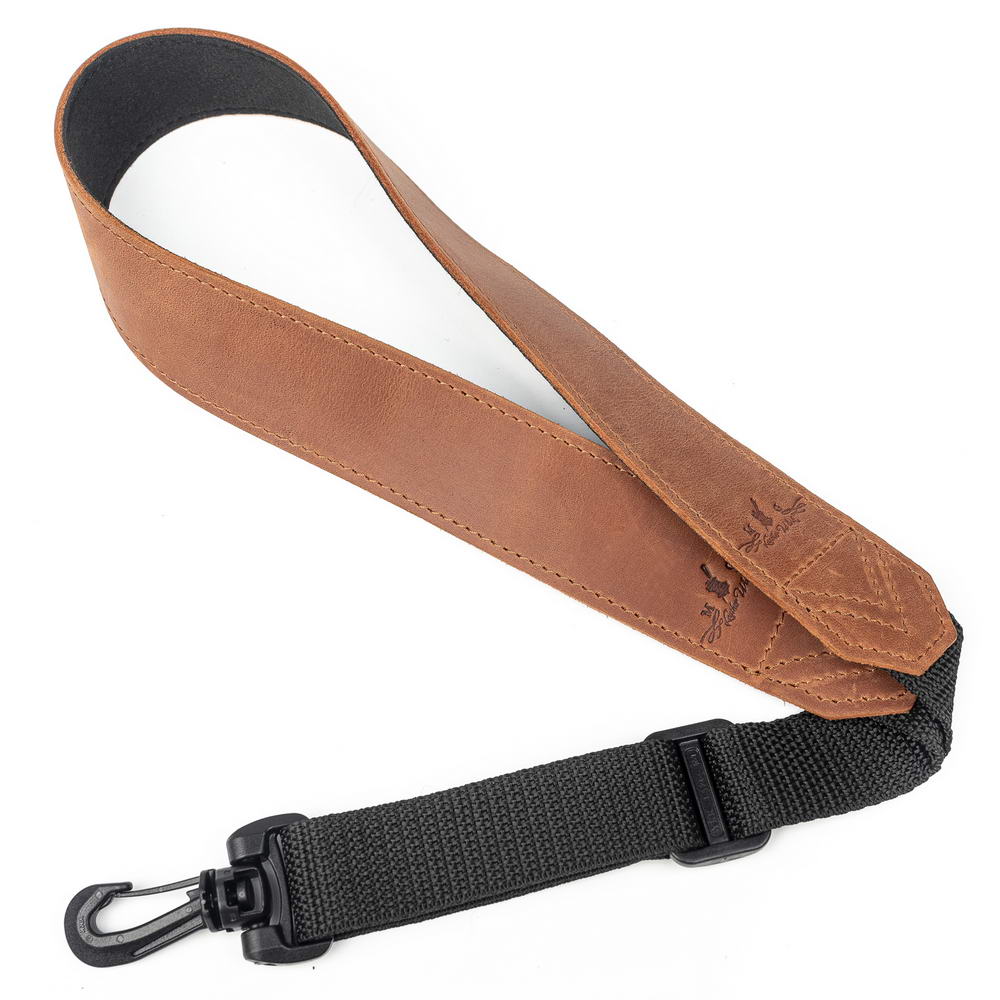
Leave a comment
This site is protected by hCaptcha and the hCaptcha Privacy Policy and Terms of Service apply.